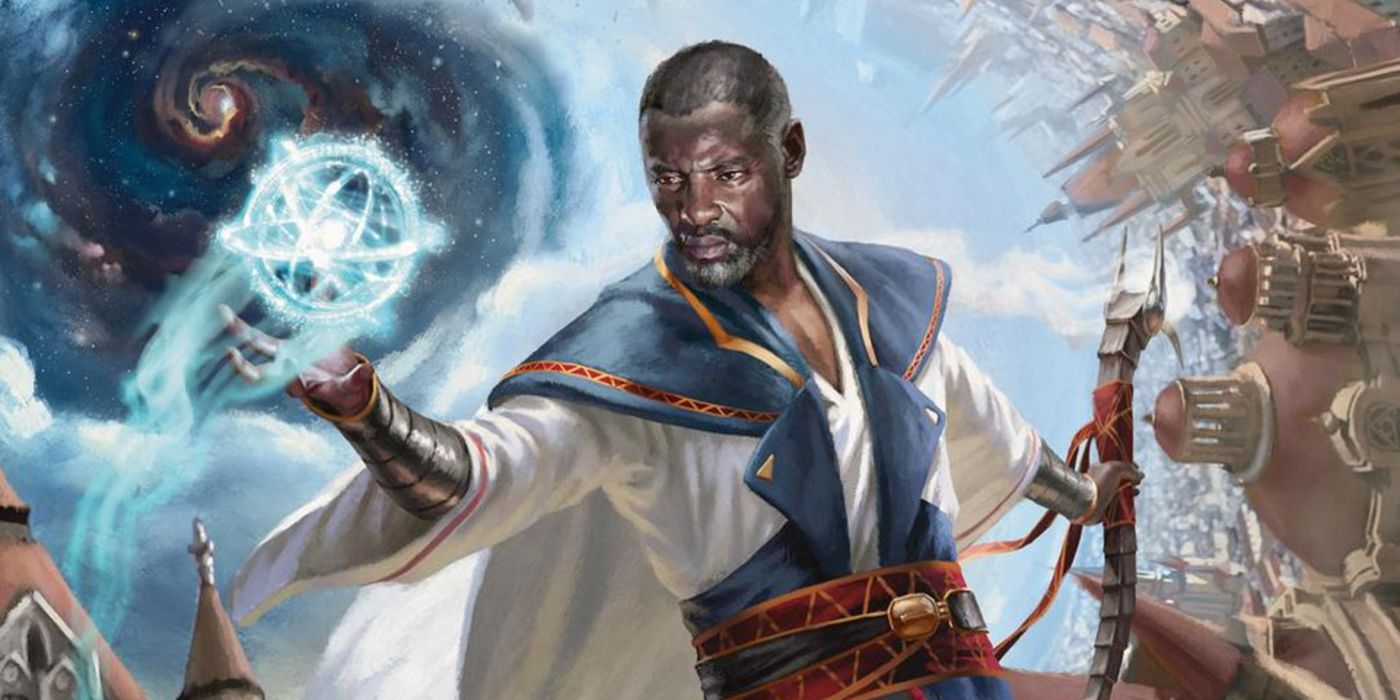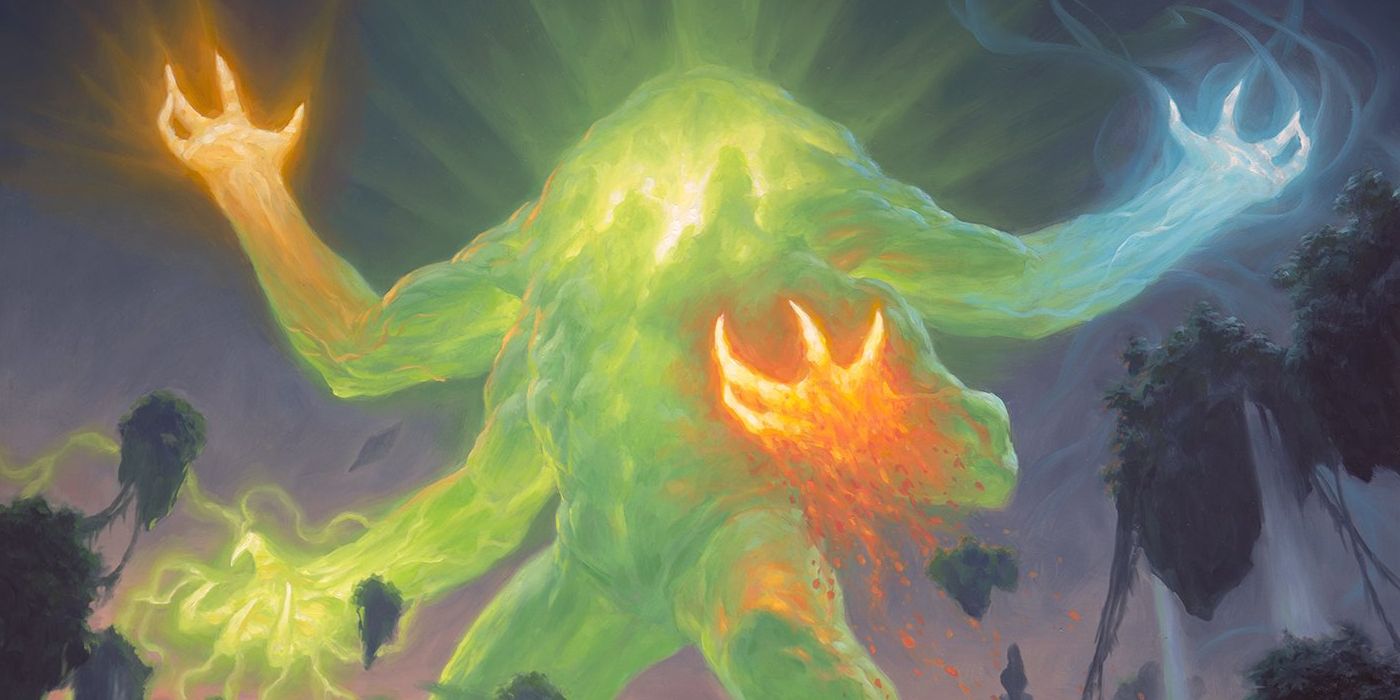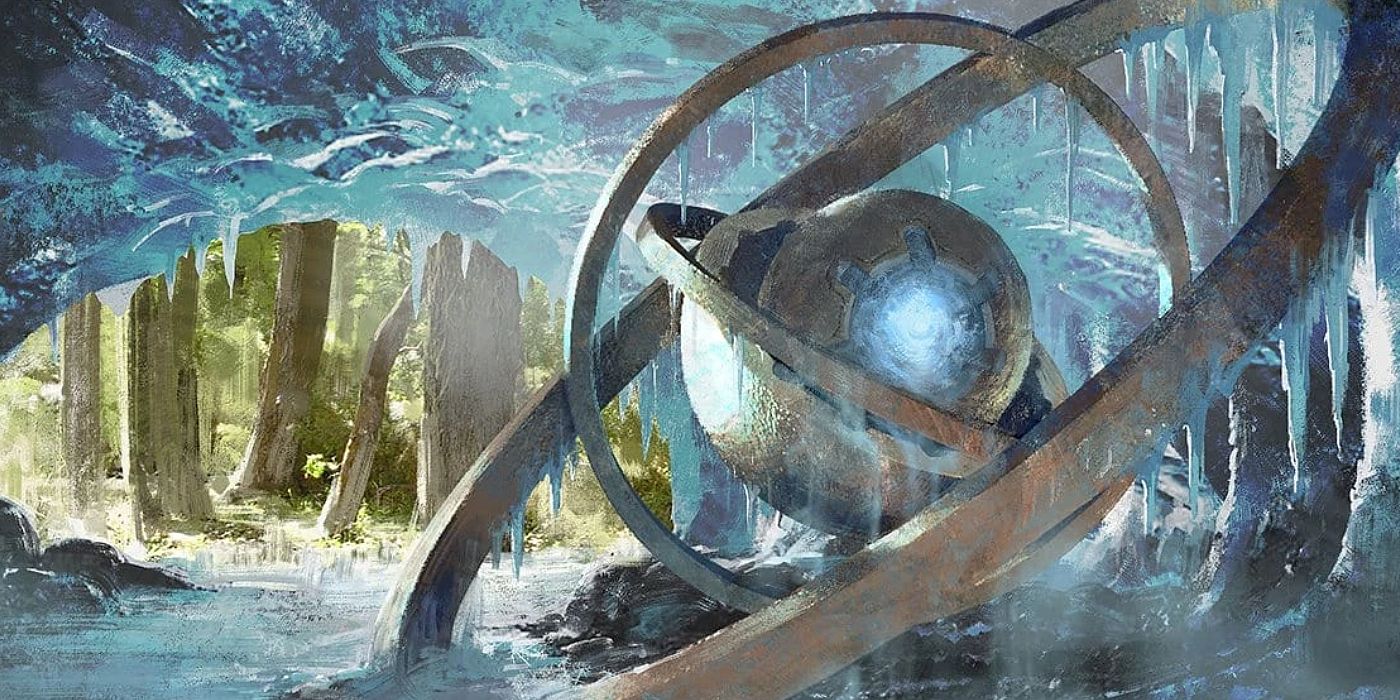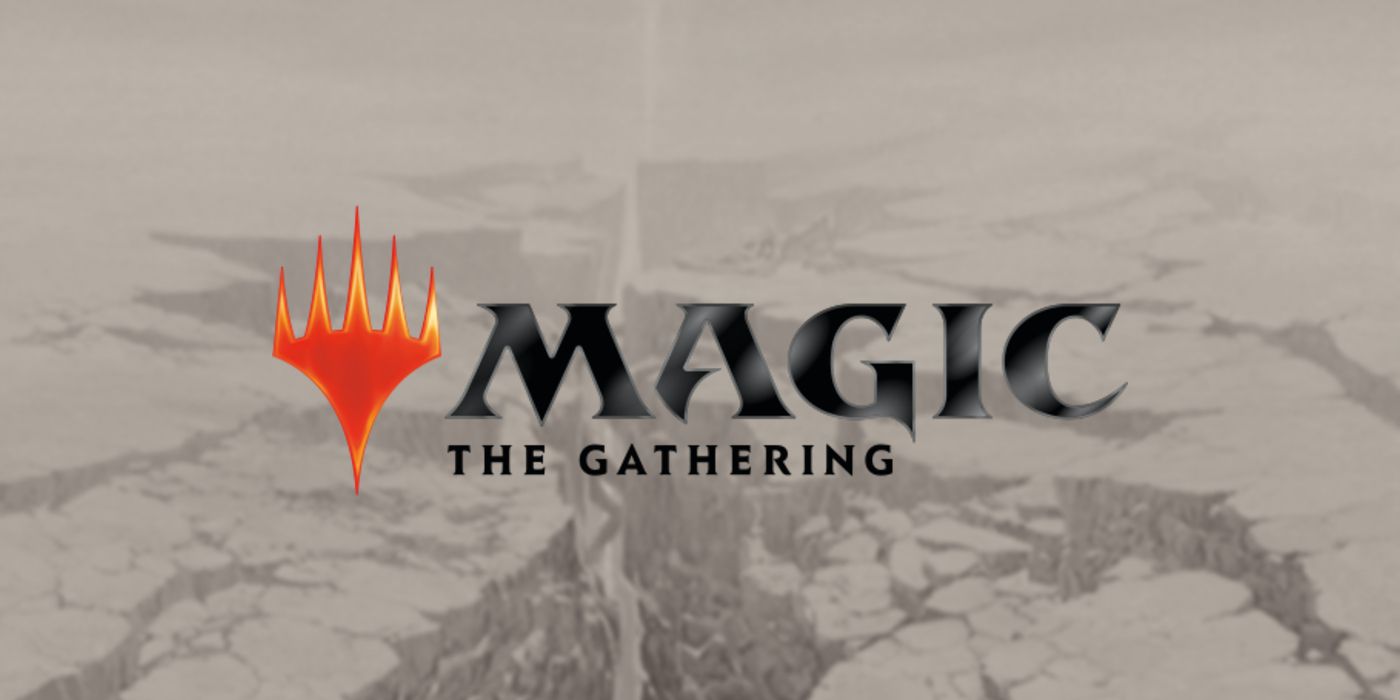Wondering why Magic: The Gathering banned 15 cards in the game’s most recent Banned & Restricted announcement? Players worldwide were shocked by the news that so many cards will be getting banned in one sweeping change to several formats, and it’s left many curious as to the reasoning behind these decisions and whether they’ll ultimately be beneficial for the popular trading card game.
Simply put, banning 15 cards in a Magic: The Gathering B&R announcement even five years ago would be unheard of. Over the last several years, Magic: The Gathering‘s card designs have been pushed in terms of their power and playability, resulting in some cards becoming too ubiquitously powerful to exist alongside other, less potent options. More often than not, Standard is the format that experiences these major bannings, with cards like Oko, Thief of Crowns and Uro, Titan of Nature’s Wrath among the many in recent memory that have been removed for both Standard’s stability and its broader appeal.
That’s what makes why Magic: The Gathering banned 15 cards in its most recent B&R announcement on the official Magic website such a hot topic of discussion among players, as Standard was left completely untouched. Instead, bans occurred in Historic, Pioneer, Modern, and Legacy, with an unban in Vintage and a change to the rules regarding the cascade mechanic complementing the already significant changes. It’s arguably the biggest Magic: The Gathering banning in history in terms of its long-term impact on the game – here’s why.
MTG Pioneer Bannings Reiterate Format’s Goals

The MTG B&R announcement for Pioneer was already guaranteed to include Uro, Titan of Nature’s Wrath, a card that had become too popular among the format’s best decks to exist in a healthy metagame. What wasn’t guaranteed was the removal of several other strategies and staples from the format. On top of the Uro ban, Pioneer lost Teferi, Time Raveler, the powerful three mana planeswalker that helped suppress Wilderness Reclamation strategies – and, as such, Reclamation itself was also banned. These two cards were part of the backbone of the format, and their removal will give other midrange and control strategies an opportunity to thrive, while aggressive decks may find more purchase in a format free of incidental life gain or free mana like Wilderness Reclamation provided.
However, the bans that are arguably the most significant to Pioneer’s future are the ones to Balustrade Spy and Undercity Informer, which effectively nerfs the Oops! All Spells deck. In its early days, Pioneer found itself dominated by combo strategies, whether it was pure combo like Lotus Breach or control combo like Dimir Inverter. Those two decks were targeted by early bans, and with Oops! All Spells also targeted, there’s a clear line of thinking for Pioneer: combos cannot be too powerful. Older formats support a wider variety of combo decks, but in Pioneer, it looks like the goal will be to ensure midrange, control, and aggressive strategies are the main options moving forward.
MTG Modern Is A Completely New Format

While the MTG B&R announcement dramatically shook up Pioneer, it managed to do the same to two other formats in Legacy and Modern. The latter, however, stands to see the most significant change to its metagame in quite some time. Modern has a lot of older, powerful cards, but with 4 key bannings to staples and a pre-emptive banning of an already obviously powerful spell, Modern will look fundamentally different in just a matter of days.
Most notably, Uro was the best thing for midrange and ramp strategies to be doing, so its removal will still be the most positive change in terms of enabling metagame diversity. Long-time degeneracy enabler Simian Spirit Guide has finally been removed, too, which will dramatically impact the ability for unfair decks to accelerate their gameplan.
The biggest change in Modern, however, is to its manabase. Both Field of the Dead and Mystic Sanctuary were undeniably powerful lands that altered the deck construction process and how games played out, forcing decks to have answers to them or run the risk of losing a game entirely to their effects. Ramp strategies, land combo (like Amulet Titan) and control decks will all need to re-evaluate their gameplans going forward without such easy win conditions readily available, which will in turn impact how other decks are built and which archetypes thrive.
Wizards of the Coast Still Cares About Legacy

It took a lot longer than many Legacy players may have wanted, but Wizards of the Coast finally addressed some of the format’s biggest long-term issues in the most recent Magic: The Gathering B&R announcement. Oko, Thief of Crowns was by all accounts too powerful to exist in a format that’s literally defined by power, which is a testament to just how incredible that card performs in any format it’s legal in. Dreadhorde Arcanist became too much of a must-answer card on the first turn it entered play, threatening insurmountable card advantage if it was allowed to attack more than once – and even one attack was often enough to generate the kind of swing in a game’s tempo to immediately make winning a daunting task for the player who didn’t control it.
However, the most exciting change for players – and perhaps the best indication that, however minutely, Wizards of the Coast remains dialed in to Legacy enough to help the format – is the Arcum’s Astrolabe ban. The seemingly simple one mana artifact did too many things to the format’s rules of engagement to exist, fixing mana for four-color strategies while also protecting them from answers like Wasteland and Blood Moon.
Being able to cast a card that required UUGG with a Swamp, Island, Plains, and Forest in play was egregious – and the format will inevitably benefit from players having to once again carefully consider the costs of their cards and their manabase.
What All The Magic: The Gathering Bans Really Mean

Ultimately, there’s one key takeaway from the most recent Magic: The Gathering B&R announcement: change is bound to happen, even if it takes some time. The announcement acknowledges how the pandemic played a role in how slow some of these changes were rolled out, and it’s likely true that some number of these bans would’ve occurred much earlier had there been more significant tournaments – professional tabletop events, for instance – to provide more data and a spotlight on some of these formats. While it’s still fair to be concerned over how many of these cards were printed over the last two years and the general design direction’s power level, at the very least, Wizards of the Coast is willing to correct its mistakes.
Following this wave of bans and a change to cascade to make the upcoming Strixhaven’s MDFCs more palatable, it seems like there’s a good reason to be optimistic about Historic, Pioneer, Modern, and Legacy. Whether or not there’s a card in the next set that completely warps a format around it, there’s at least precedent now it’s going to be addressed early (Tibalt’s Trickery) or eventually if it’s somewhat more subtle (Oko in Legacy). Magic: The Gathering will never be perfect, but it’s in a much better spot today than it was yesterday, and that’s a win for players and Wizards of the Coast heading into the rest of 2021.




